Almost every year, the Art III classes focus on learning more about art history. The art students are tasked with creating murals based on art history movements. From impressionism to cubism to pop art, the students spend weeks planning, creating, and finalizing their pieces.
In addition, three students are selected to create a mural on a board that permanently stays in the multipurpose room. Students can see the murals all year until the next year of art students create their own artwork on the very same board. In the 2024-2025 school year, the three students selected were Juniors Kaitlyn Cordova and Eris Hiser, and Sophmore Viola Dzierzanowski.
Each students mural and artist statement is included below:
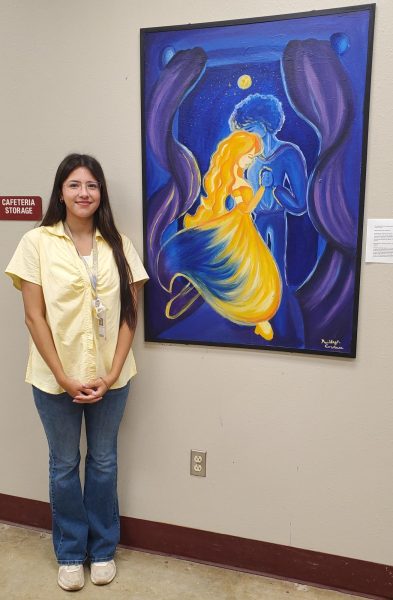
The Light of My Life Claimed by Death
Kaitlyn Cordova
What inspired your artwork?
Impressionism inspired my artwork. The Impressionist Movement began in the 19th Century by French artists, most notably Claude Monet and Camille Pissarro. The movement itself used vibrant colors and large, unblended brushstrokes to depict daily life. Using impressionist techniques, I designed a piece that would be loose and colorful, creating light and transparency. Because impressionism is relaxed, it would’ve been the ideal style to paint a large-scale painting.
How does your painting relate to your inspiration? How did your idea develop from the original?
Though my painting relates to my inspiration through light and transparency, my idea slowly developed into Romanticism. Romanticism is an art movement that emphasizes emotions and mood. My painting was romantic and dramatic instead of clear and bright. During the painting process, I used deep blues and purples with pale yellow and baby pink, emphasizing contrast instead of light cohesiveness. Though I did not follow my initial art movement, it allowed me to design a captivating piece using impressionist techniques. My piece depicts the moment where two lovers meet again after the young woman passes away.
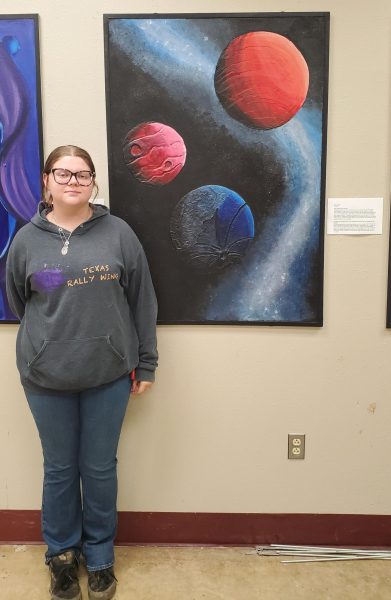
Planets Align
Eris Hiser
What inspired your artwork?
Minimalism started in the 1950’s, and the 60’s and 70’s are where it got a lot more popular. Kasimir Malevich, a Russian painter, in 1913 was the first ever artist to create a minimalism piece. Minimalism focuses on the emphasis of simplicity, unity, and elegance. Minimalism takes many forms, minimalism doesn’t mean simplicity over all. It may portray a simple concept but have a complex outcome. The artists I took inspiration from vary in that aspect. Eva Hesse, a German artist, for example, has a very complex look to her painting, but almost all of the shapes in the painting are squared. Anna Maria Maiolino, an Italian artist, has many pieces that are very simplistic, involving a book and threads.
How does your painting relate to your inspiration? How did your idea develop from the original?
I took similar thought into my original idea and took most of my inspiration from Eva Hesse. Like she did, I wanted to incorporate one shape throughout my whole painting. With my original idea, I didn’t enjoy how my concept was looking, but I wanted to maintain the one shape aspect. Instead of my stacked circles concept, I turned to a more astrological point of view. I made three different sized planets with a galaxy-esque background. These planets are 3D unlike the original concept, they are each a different color rather than all similar hues, and they each have their own texture.

The Blindfolded
Viola Dzierzanowski
What inspired your artwork?
My artwork was inspired by romanticism which is “the celebration of an individual and the glorification of nature”. This started in the late-18th century and lasted until the mid-1900s in Western Europe. I tried to show this through my painting. My main inspirations were paintings by Caspar David Friedrich and Henry Fuseli.
How does your painting relate to your inspiration? How did your idea develop from the original?
My original idea was a subject standing in front of a huge landscape. It ended up evolving to her being blindfolded for some symbolism. It ended up with her taking off the blindfold, the woman being able to see again. She’s supposed to be squinting, adjusting to her new found vision, no longer blind. She’s in front of a window with a sunrise, symbolizing rebirth/new beginnings.


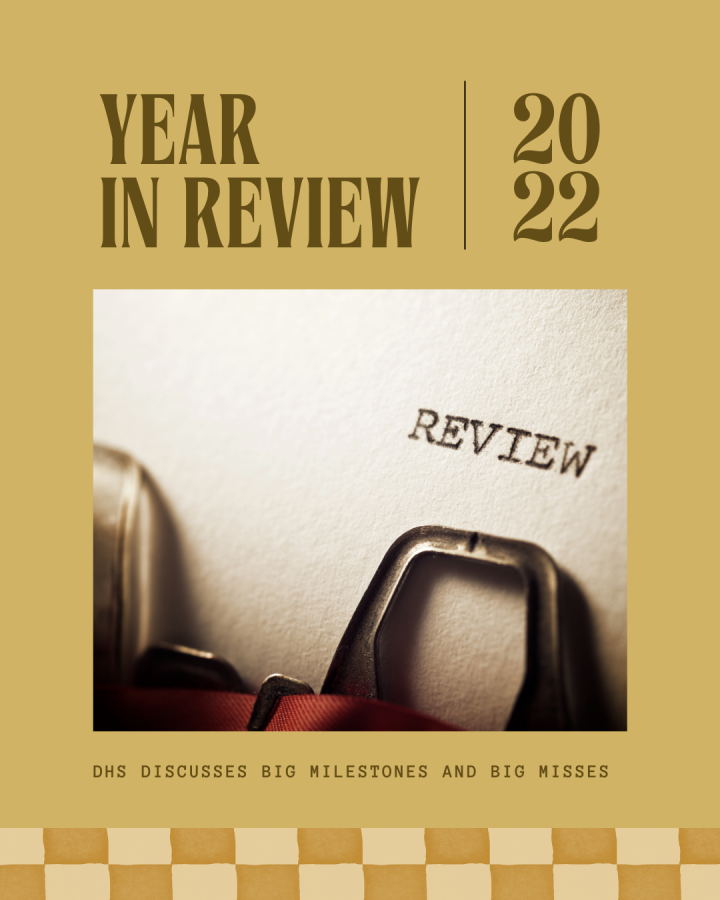
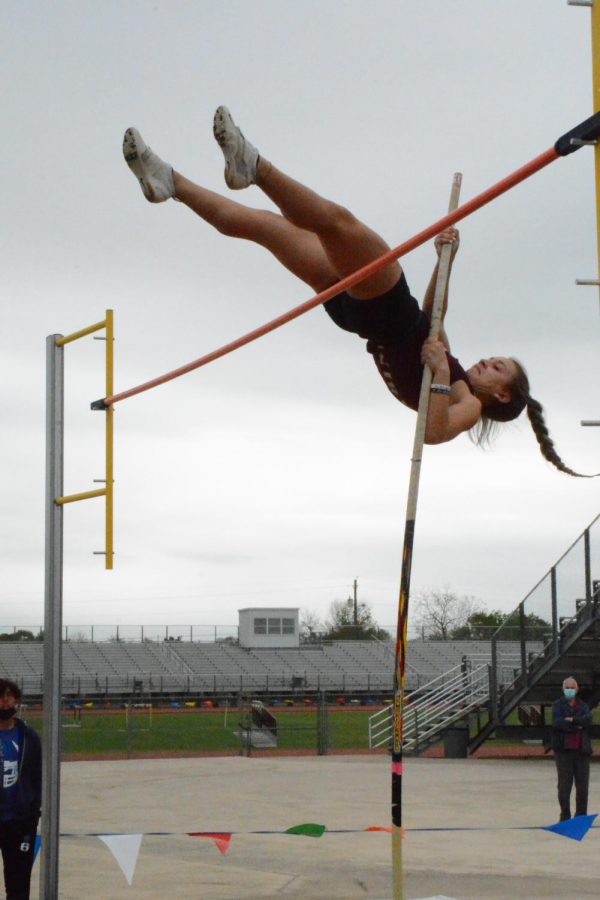

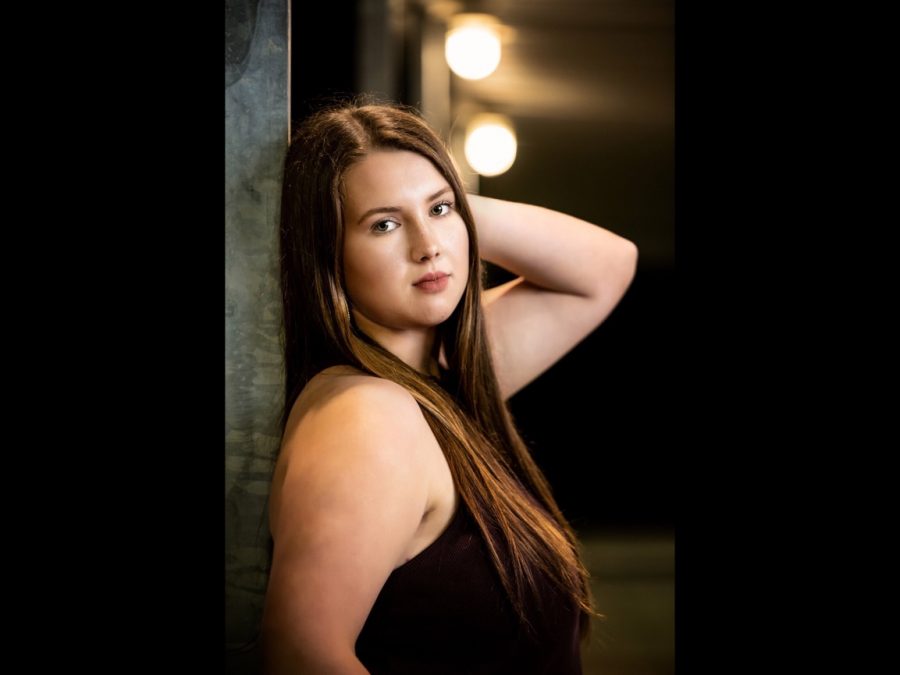
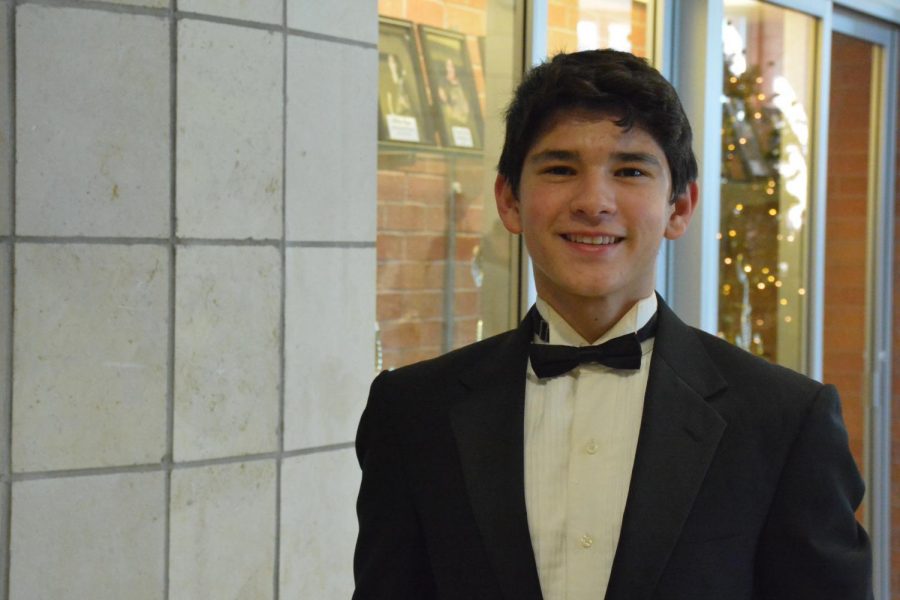

Aly • Aug 27, 2025 at 11:53 AM The Warhorse Pick
Wow, these art works are very bright and creative! They add a very bright touch to the multipurpose room! Keep up the good work!